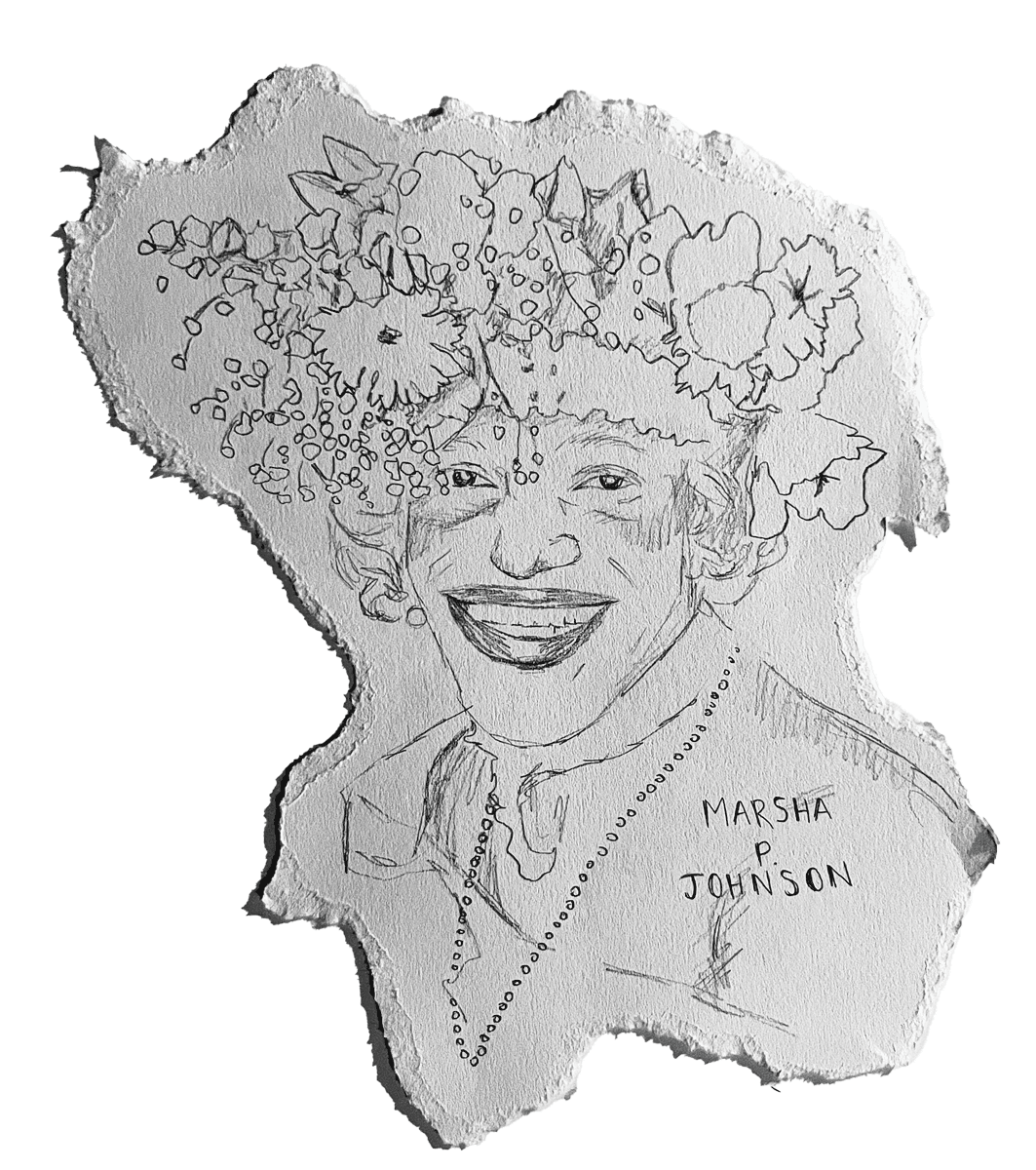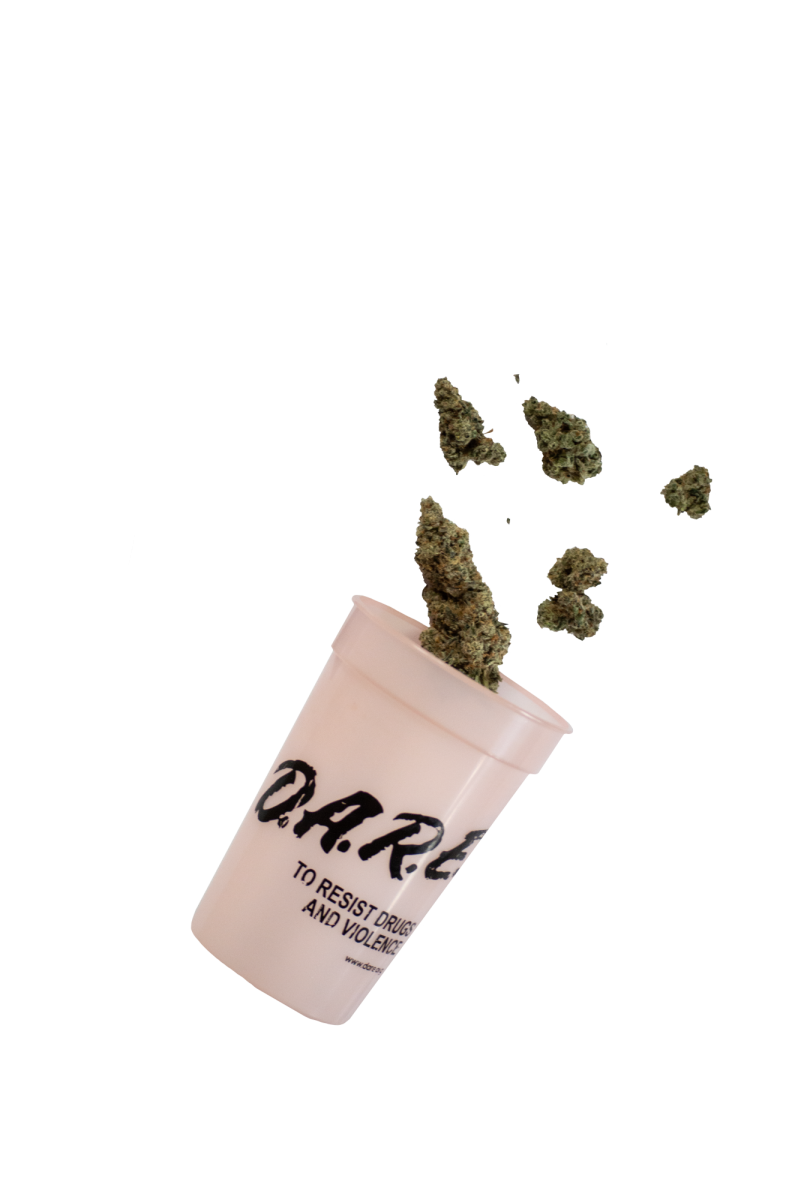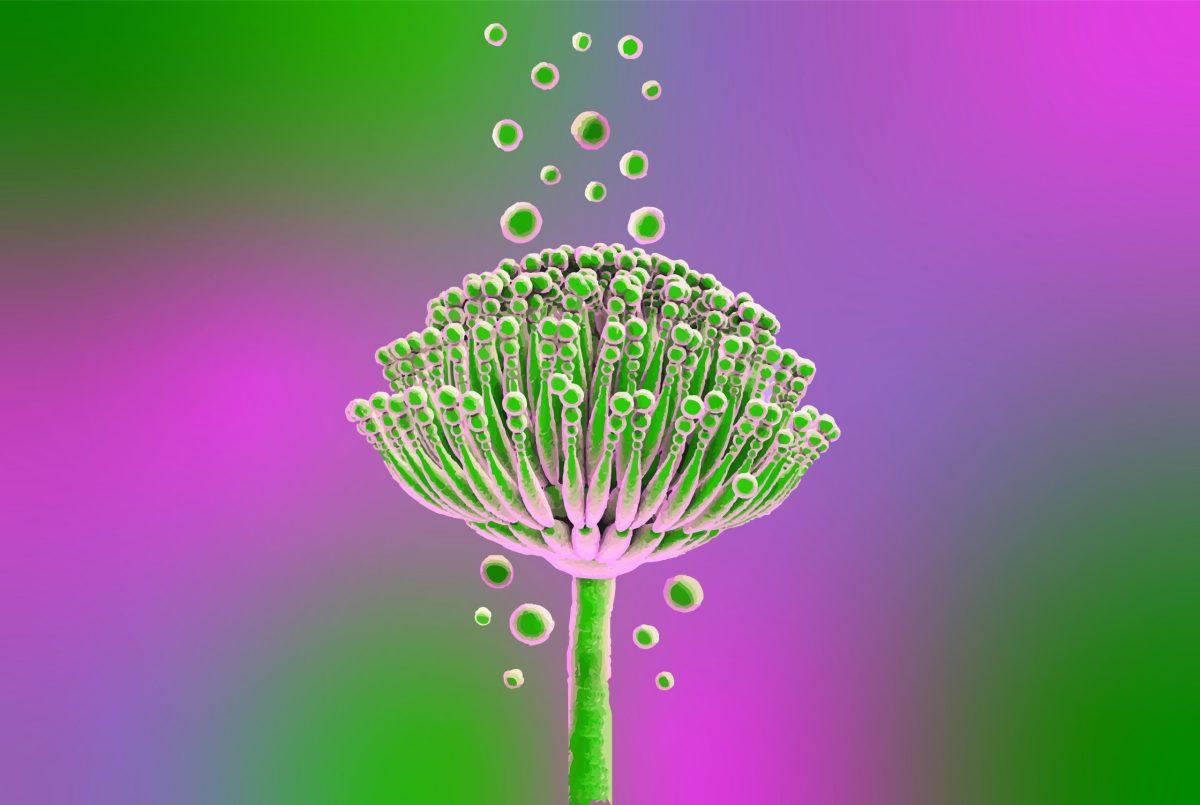If you’ve ever dabbed or vaped cannabis oil, you’ve probably wondered, “How did the cannabis flower become this golden substance?”
Cannabis extracts have come a long way since the dangerous days of open blasting and black-market butane hash oil (BHO). Today’s extraction process is done by highly trained experts in lab coats with state-of-the-art equipment, and the product is put through rigorous tests before going onto dispensary shelves. With so many quality extracts now on the market, it can be tough to choose. Here’s a look at how two innovative local extractors produce premium cannabis oil.
Hydrocarbon Extraction
Willamette Valley Alchemy (WVA) makes a range of top-shelf cannabis products including edibles and solventless concentrates, but specializes in hydrocarbon extracts, which is cannabis oil that’s been separated from dried plant material using a hydrocarbon solvent blend.
The process usually begins with trim or flower that didn’t make it to market for one reason or another, such as small batch or small bud size. WVA mostly works with farms that are Clean-Green certified, which is the cannabis industry’s version of the organic standard. All their products are co-branded, so you know which farm and flower it was made from.
WVA sources locally-manufactured lab equipment from Cascade Botanicals and Sweet Leaf Extractors. They use a passive closed-loop system which allows them to recapture almost all of the solvent for reuse. They clean the equipment obsessively to minimize any contamination, and double-distill their solvents to ensure they’re ultra-clean. Because the flower they source is top-shelf, they only use the highest quality gas and equipment they can get to honor the plant. “We treat everything like gold,” says WVA Head of Production Adam Chase.
Picture yourself in Walter White’s lab from Breaking Bad—and not the one in the Winnebago. Chase may not be a chemistry teacher, but he’s no less meticulous. Here’s what happens in the spark-proof room where the oil is extracted:
The dry plant material is packed into a column through which a liquid gas is pumped. They use a proprietary blend of solvents including butane and propane to separate the cannabinoids from the plant. The gas is chilled to -100 degrees using dry ice.
Once it’s been run through, the solvent is distilled out using warm water and what’s left is the oil. Once filtered, this oil is poured off and put into a vacuum oven for several days to cure. The negative pressure lowers the boiling point of the residual solvent, which slowly bubbles out. The low temperature allows the oil to retain maximum cannabinoids and terpenes for the most similar user experience to smoking the actual flower.
When all the solvent is gone, the product is sent off to be independently tested, and when confirmed that it’s free of solvents and pesticides, it’s packaged onsite. Test results, including THC percentage, are printed on the label.
The extract might be packaged in a resealable plastic pouch or weighed out into tiny glass jars, depending on its consistency. Though the process is the same, different flowers produce different results. Chase likens it to a unique personality: “The lifeforce of one plant is going to be different from that of another plant, even it’s the same strain grown in the same region.” This can range from a very stable “shatter” to a “sauce” or somewhere in between: “budder” or “wax.” Higher terpene content produces a more flavorful but also more volatile, less stable oil. All of these products are best refrigerated.
Chase and co-owner Brice Sherman built WVA to produce exactly what they wanted to smoke and share it with the community. His favorite part of the job? “It helps people who have medical conditions, and it makes people happy. If somebody had a shit day at work and they got home and they had their partner yelling at them, and their dog bit them when they walked in the door but they have their WVA dab ready, and they take that dab and they’re good, that is the most satisfying part. ”
CO2 Extraction
Critical Source (CS) is focused on full-spectrum CO2 oil formulas, but take a very different approach from other vape pen producers. Cartridges are popular for their convenience, but the flavor or effects can be compromised by a quick and dirty extraction process. The goal of CS’s full-spectrum extracts is to replicate the experience of smoking the real flower, but in cartridge form. Not only should the experience feel more authentic, “the effects can last substantially longer than distillate products,” says founding partner Kenan Hester.
CS’s CO2 extraction process is focused on retaining dimensionality and bioactive compounds of the flower through terpene profile preservation and cannabinoid profile retention that’s true to the cultivar—capturing the plant’s unique essence, if you will.
Initially created for the medical market, their extracts are made using CO2 in place of a hydrocarbon solvent. Although more expensive and time-consuming, CO2 is considered among the safest ways to produce and consume extracts. Hester says, “Great extracts that target therapeutic value should capture everything that you want from the plant and strip away everything that you don’t want.” The good stuff is those bio-active terpenes and cannabinoids. In post-processing, they aim to exclude plant compounds like waxes and lipids that can cause irritation in the lungs.
The process goes like this: The flower is put into the extraction chamber and saturated with low-temperature, low-pressure “subcritical” CO2. First, the terpenes are isolated in a liquid form and put aside. Then temperature and pressure is ramped up to “supercritical” levels, and the CO2 extracts the cannabinoids in a process similar to steeping tea.
The system’s patented back-pressure regulator gradually drops levels back down as the solution travels to the collection point, where CO2 and raw extract are separated. The CO2 vapor rises and is recycled back into the system. The raw extract left behind still contains those unwanted plant waxes and lipids, so it’s then homogenized with ethanol and put through a process called winterization to remove them.
Many CO2 extractors aren’t able to isolate the terpenes at the first stage, so they get winterized too, which can destroy them and create a generic flavor and character. Others may spend 2-4 days winterizing, but CS lets theirs go for 10-12 days until absolutely nothing else can be removed, giving their cartridge a very smooth hit.
Finally, the terpenes are reblended with the cannabinoids to achieve the finished product. CS never uses food-grade or bulk-cannabis derived terpenes, so you can be sure everything in the cartridge came from the same source and vaporizing it will mimic the experience of smoking the flower itself.
Hester likens this process to wine blending and says a little goes a long way. “You can have a Cabernet and Merlot blend that has only 1% Merlot, but as soon as you add that in, it can completely change the entire experience.” Similarly, using just a tiny bit of the original terpenes has a huge effect on the character of the extract.
When Hester founded the company in 2014, the market had a lot of great hydrocarbon extracts, but CS saw a need for more connoisseur-grade CO2 extractions. Though the barrier to entry in this method is much higher, CS wanted to advance the quality and availability of options for patients. It maintains these standards of quality in its recreational products and has just launched a premium line of co-branded vape cartridges called Kalapooya Fire. This brand seeks to honor the history of the Kalapuya people, from whom the culture of eco-stewardship in the Willamette Valley originated hundreds of years before the modern cannabis industry. Kalapooya Fire seeks to source from farms that emulate the sustainable practices of the Kalapuya people. To honor this legacy, they’re also launching a scholarship which supports Oregon Native American students who study chemistry & horticulture at the University level.







